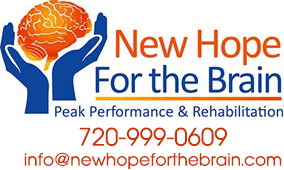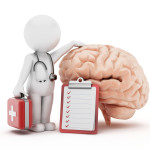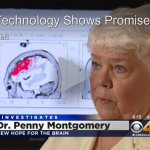WHO WE SERVE
- Athletes, Executives, Performers, Speakers and Others seeking Peak Performance
- Athletes with Sport Injuries
- Veterans with Combat-Related Injuries
- Individuals with Head Injuries from:
- Assault
- Falls
- Accidents
- Individuals with Memory Loss attributed to:
- Aging
- Stress
- Concussions
- and Those Experiencing:
- Depression
- Anxiety
- Trauma
EVALUATIONS
Brain Wave – A multi-site comprehensive EEG recording of your brain is conducted by Dr. Montgomery to determine the cause and location of brain changes that are causing your symptoms. Two hours are usually required with a second appointment scheduled (at no added charge) to review the findings and recommendations.
NEUROFEEDBACK
Brain Wave – Based on the findings by Dr. Montgomery, a three-step protocol is established to restore your brain’s optimal functioning. Goals for improved function are accomplished through training sessions where your brain waves are displayed on a computer screen and your brain uses this information to alter its functioning. Improvements are permanent unless further injuries occur. READ MORE…
MEMORY LOSS ASSESSMENT
Memory loss has become a growing concern among the aging. They are not alone. Friends and families are worried also. While memory loss is usually diagnosed as Alzheimer’s, for which there is no cure, there are other types of dementia that can be corrected.
When memory loss is the issue, Alzheimer’s is frequently diagnosed on the basis of the reported symptoms. However, the most accurate and reliable information as to the cause of the memory loss is found in brainwaves. We offer brainwave assessment that distinguishes between memory loss that can be corrected using neurofeedback versus dementia that cannot be remediated such as Alzheimer’s.
CONSULTATION
Both Drs. Montgomery and Lippmann have extensive experience in working with private companies, agencies, non-profit organizations and educational institutions. Brain wave information is used to determine vocational interests, assess stress and support Human Resources staff by identifying the presence or absence of healthy brain functioning. Brain wave evaluations have proven to be invaluable to doctors and therapists with difficult cases. Determination of specific disorders can be clarified by identifying underlying brain wave patterns.
Dementia is difficult to diagnose. Physicians use our brain wave technology to distinguish injury-related dementia from other forms of dementia — including Alzheimer’s. This is important because injury-related dementia can be remediated and, unlike degenerative brain diseases, is not inherited.
Chronic pain is difficult to manage. New Hope For The Brain relies on Dr. Montgomery’s ten year experience as Director of a hospital based Behavioral Pain Management Program to provide an in-depth approach to the management of chronic pain.
RESEARCH
The EEG technology used at New Hope For The Brain has been used to document brain changes in response to a variety of techniques and health products. Recent research includes:
- Evaluating the effectiveness of digital pulsed electromagnetic therapy on brain function.
- Evaluating the effectiveness of analog pulsed electromagnetic therapy on brain function.
- Documenting brain wave correlates of a trauma-based therapy known as Brainspotting.
- Determining brain wave response to a product that enhances cellular efficiency using redox signaling messenger molecules.
New Hope For The Brain participated in a nationwide research project to investigate the role of multiple concussions on brain function in National Football League retired players.
HEART RATE VARIABILITY
Heart Rate Variability (HRV) is the basis of a new science that is built on a breakthrough in the understanding of autonomic nervous system balance and its relationship to subtle heart and breathing rhythms. READ MORE…
BREATH BIOFEEDBACK USING CAPNOMETRY
Millions of people suffer from the effects of dysfunctional breathing without even realizing it. Estimates suggest that 10 to 25 percent of the U.S. population may be suffering some of the effects of learned dysfunctional breathing. READ MORE…


